Biotechnology entrepreneur predicts big things for FeedKind, an animal feed made from methane

Attendees of the Global Aquaculture Alliance’s GOAL (Global Outlook for Aquaculture Leadership) conference in October in Vancouver, Canada, were buzzing after Alan Shaw’s 15 minutes on stage. In a series of presentations on the future of fish feed, the CEO of biotechnology firm Calysta spoke of a revolutionary development and hinted at big plans in the near term.
Future? Futuristic is more like it.
What Shaw’s company can do — convert methane into fish food — could represent a huge step forward for a growing industry in need of balancing its dependence on marine resources. With only natural gas, oxygen and nitrogen as inputs, Calysta’s single-cell protein product FeedKind™ could be, as Shaw proclaimed that day, a true game changer.
The biotech entrepreneur and chemical industry executive spoke with the Advocate about the technology, the potential market for the product and the overwhelming need for innovative solutions in creating more food with finite resources.
Please explain, as simplistically as possible, the process of how this methanotroph-based feed ingredient is made.
The methanotroph is a naturally occurring microorganism that evolved in nature to sequester carbon. We all know [carbon] is damaging to the atmosphere, but it wasn’t created by man. And it may have been propagated by humans, but methane has been around since the planet first formed. Nature evolved with its own way of sequestering carbon to deal with climate change. The microorganism that we’re using was isolated at the University of Bath [England], and was developed and later industrialized. It is a non-GMO, natural strain. It basically sequesters the carbon, it takes in the carbon in the form of methane and essentially grows in the same way a yeast will in fermentation. It’s just a natural fermentation where the carbon source happens to be methane.
FeedKind can work for aquatic and terrestrial animals? Do you change the formula depending on the type of animal it will be fed to?
No. That’s actually one of the wonderful attributes of the product. Let me just clarify that FeedKind™ protein is our brand. The generic product is a single-cell protein. That’s not unique in itself; there are many forms of single-cell protein. There are vegetable-based spreads marketed by Unilever. Marmite is a great example of one that’s already on the open market and consumed by hundreds of thousands of people every day.
The aquaculture version is called FeedKind™ Aqua protein but we have one targeted for land-based animals called FeedKind™ Terra protein. The reality is it’s the same base product that does not need to be formulated any differently. It’s just really a branding thing. It’s a high-grade source of protein, approximately 70 percent, that would work just as well for salmon as it would for pigs and chicken and cats and dogs. It could have a great utility in pet food, as an alternate source of food for pets.
Will you explore the household pet food market?
It’s not our target market; it’s certainly financially attractive. It would be higher value, but smaller volume. The No. 1 opportunity that is there, ready for the market, is absolutely salmon feed. The product has already been utilized in that industry, it’s been proven to be safe over many years. It was formulated and tested by major feed producers, including EWOS. That market is growing so fast, but there just isn’t enough protein to satisfy current demand. So I think we’ll have our hands full in aquaculture.
I will say that we have no intention of ever feeding the product to humans. The current registration doesn’t extend to human nutrition. The market for aquaculture alone will keep us busy for many years to come.
The product is approved in the EU. Is it close to gaining approval in the United States? Is that a more complex process?
It’s certainly not more complex. The European Union is a fairly tough market to get approval in, by any standard. The U.S. is a different process but I wouldn’t say it is any tougher. You are right, we’re approved to sell in Europe. We’re in the process of building a market-introduction facility, which is really just a small-scale version of the world-scale plant. The whole purpose of that is to get contemporary samples. We have product, but it was made a number of years ago in Norway and we can’t use that for registration trials for obvious reasons. We want contemporary material that has been thoroughly tested and that we stand by its specification. So that small facility will be operational this time next year and once we’ve got samples we can then submit for registrations in non-EU jurisdictions. The truth is we haven’t yet applied for approval in the U.S. or anywhere outside of Europe. That will be an objective for 2017.
For every ton of product we produce, that’s one new ton of protein into the human food chain. We don’t take anything from the planet at all, in terms of food. Not even a microgram, it’s all new. That’s what we need: new sources of protein. There’s no point in stealing it from somewhere else.
You said at GOAL that the discovery of converting fuel into food happened by accident. Can you expand on that?
Certainly. For years in my career, I was actually trying to convert biomass and cellulosic waste into fuel. And I was a leader in what is now termed the bio-economy, trying to find alternative sources of chemicals of fuels and wean us all off petroleum-based products.
Fundamentally, I’m an environmentalist, and I care about climate change and I care about conservation very strongly. I’m a big supporter of sustainability, and I have always had a genuine interest in doing my bit to save the planet. One person can’t do it; we all have to make a contribution.
In our case, there was an element of serendipity. Converting carbohydrates into hydrocarbon fuels, it’s difficult to make the numbers work. I realized that you could convert methane into chemicals, which is what Josh Silverman, our chief technology officer, was doing in the early days of the company. When we realized that maybe you didn’t need to make chemicals from the methanotrophs, but instead you could just stop at the single cell protein, and literally have a non-vegetable, non-animal source of protein, I just burst out laughing. I said, “My god, I just spent half my life trying to defend fuel from food, and now here we have food from fuels.” It was really just a joke at myself.
We were all being attacked by the food-into-fuel lobby saying, “You can’t convert corn into ethanol, it’s not right.” And here I was working on a system thinking we could convert methane into chemicals and under my very nose was a genuine opportunity to convert fuel directly into food. There was a human moment!
As you’ve noted, land and water resources are scarce, so farming the oceans will be crucial to meet the needs of 10 billion people. When you look at aquaculture, what do you see — a rapidly evolving industry or one that is in desperate need of innovation? Or both?
Well, you took the words out of my mouth — I think it’s both. We need innovation. The truth is, we’re all trying around the world to save this planet and everybody talks about reducing carbon emissions. But you know what? In the long run that may not be successful. It’s going to be very hard to get countries like India and China to not have their place in the sun. Their argument is, “The Western world got rich polluting the planet, why can’t we have our chance?” It’s hard to argue with that, and we all know it may be unfair, but the best way to save the planet is through innovation and finding ways to live with the world we currently have, rather than trying to revert it. I’m now in the camp that the smart money is not in stopping emissions but slowing them down. But how do we deal with the world we’ve got? We’ve got to be smarter.
If anything defines me as a businessman, and I’ve been a relatively successfully entrepreneur, it’s that I recognize and am able to connect innovation with markets. I think that’s the secret of entrepreneurism. You can have a brilliant idea, but if nobody cares about it, it will never be successful. Great inventions can wither on the vine. The trick is connecting them with real need. Identifying market need and pain points in the world and in society is really the secret of being an entrepreneur: taking great technology and marketing to a market opportunity. We’ve been able to do this at Calysta.
Why such a focus on aquaculture?
Two-thirds of the world is water, it’s an absolute no-brainer. We’re running out of water on land and we’re running out of land itself. We can’t continue like this at all; it’s ethically not sustainable. Most aquaculture is confined to territorial waters and salmon farming is basically restricted to the coastline. We know there are issues with things like sea lice. If we can get into deep-sea aquaculture — if you could do salmon farming a few miles offshore — the sea lice issue would go away completely. Innovation is going to be critical, we’re going to have to think about smarter ways to farm the oceans.
Do you see FeedKind as that type of game-changing innovation?
For every ton of product we produce, that’s one new ton of protein into the human food chain. We don’t take anything from the planet at all, in terms of food. Not even a microgram, it’s all new. That’s what we need: new sources of protein. There’s no point in stealing it from somewhere else. It’s got to be genuine new sources, and that comes through innovation.
You mentioned that there will be a plant under construction in North America in the next year, and that you also know where it is but can’t say yet. How close are you to announcing those plans?
First, I want to make sure there’s no confusion between the small plant, which we call the market introduction facility (MIF), and the world-scale plant. Those two plants are very different. The MIF, we’ve already started construction on it, which is in northern Europe. The announcement on that is imminent, in the next six to eight weeks. You can call it a demonstration plant, or a small-scale replica of the world-scale plant. We’re doing it in northern Europe because that’s where the customers are, principally. We want it next to them so they can easily travel to it and see that it’s real. We don’t care about the cost of natural gas, because it’s a small plant. We’re not building it to make money, but to make samples.
The world-scale plant will absolutely be in North America. I would hope we can announce about that plant sometime in the first half of 2016. I’d love to say Q1, but let’s say by summer of next year.
It doesn’t matter how good your product is, if you can’t get the raw materials to make it, you’re going to be a niche player and no one will adopt. The market here is all about adoption.
How possible is it for this technology to capture methane from, say, existing landfills where it simply escapes into the atmosphere? Is the source of gas not pure enough to use? Do you need to source straight from a pipeline?
That’s a great question. Interestingly enough, your instincts are taking you slightly in the wrong direction. It’s got nothing to do with purity. It’s about volume. The methanotroph is methane-agnostic. We know that for a fact, we’ve proven that in the lab. Methane from landfill, methane from animal digestion, which is generically called bio gas — our methanotroph eats that and produces FeedKind just as easily as from a pipeline coming from underneath the North Sea. So it’s got nothing to do with purity and whether there are contaminants in the bio gas. It doesn’t make any difference. So that’s great news.
We could easily [build next to landfill sites] but the problem is a world-scale plant would require huge amounts of gas. The reality is it would have to be an extremely large landfill. That doesn’t mean that it’s not doable, but it would require a bit more work than is available today. We can do small facilities where methane is flared rather than vented into the atmosphere. We could do what I call niche situations, with a large agriculture farm, hundreds of acres, and lots of animal digestion and waste — you could possibly recycle that and produce FeedKind and give it back to the very animals that produced the waste in the first place. All of that is absolutely doable; I’m not so sure you would make money at it but it would still be worth doing. We are going to make our technology available to people who want to do recycling like that and I think you would just about break even. But if you want to have a commercial facility, where you need to produce hundreds of thousands of tons of FeedKind — and by the way the market is millions of tons —it’s going to have to be at the end of a natural gas pipeline.
You obviously feel that your technology can catch on, and that the technology can be licensed so that plants can be constructed in multiple areas. What is the potential for this product? Limitless?
It’s almost unlimited because it’s going to be restricted more by our ability to produce plants. But yes, it’s mind-blowing. There’s no shortage of gas. One thing that can restrict market introduction is the availability of feed stock. That’s not going to happen here.
I’ve invested personally into this product. I’ve done this because I’m an industrialist and I fundamentally know that it doesn’t matter how good your product is, if you can’t get the raw materials to make it, you’re going to be a niche player and no one will adopt. The market here is all about adoption.
It’s not our ambition to replace fishmeal entirely, and I don’t think the aquaculture industry would want to do that. But even if we set out a goal of a 10 percent inclusion rate, for every ton of salmon feed produced we would still need to build a dozen world-scale plants, millions of tons of capacity, and that would take years to build, costs hundreds of millions of dollars, but it would generate billions in revenue. The product is not restricted by people wanting to use it.
I believe this product will become a standard in the industry, because there’s nothing to stop us getting there. We’re working very closely with major strategic companies that have the ability to leverage this technology and get this product into the marketplace quickly. I believe this product could become the gold standard as a sustainable alternative to fishmeal.
Now that you've reached the end of the article ...
… please consider supporting GSA’s mission to advance responsible seafood practices through education, advocacy and third-party assurances. The Advocate aims to document the evolution of responsible seafood practices and share the expansive knowledge of our vast network of contributors.
By becoming a Global Seafood Alliance member, you’re ensuring that all of the pre-competitive work we do through member benefits, resources and events can continue. Individual membership costs just $50 a year.
Not a GSA member? Join us.
Author
-
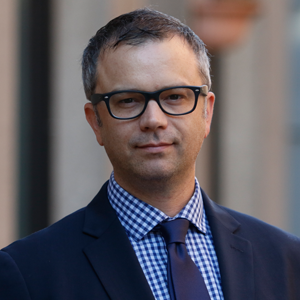
James Wright
Editorial Manager
Global Aquaculture Alliance
Portsmouth, NH, USA
Tagged With
Related Posts
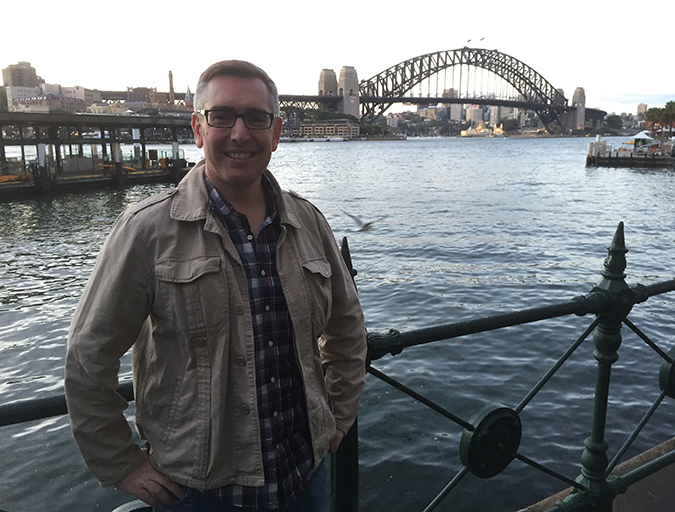
Innovation & Investment
Aquaculture Exchange: Tom Pickerell
The technical director for the U.K. seafood industry authority, Seafish, talks to the Advocate about the challenges facing aquaculture expansion and why it will be seafood that fills the protein gap that many are expecting in the future.
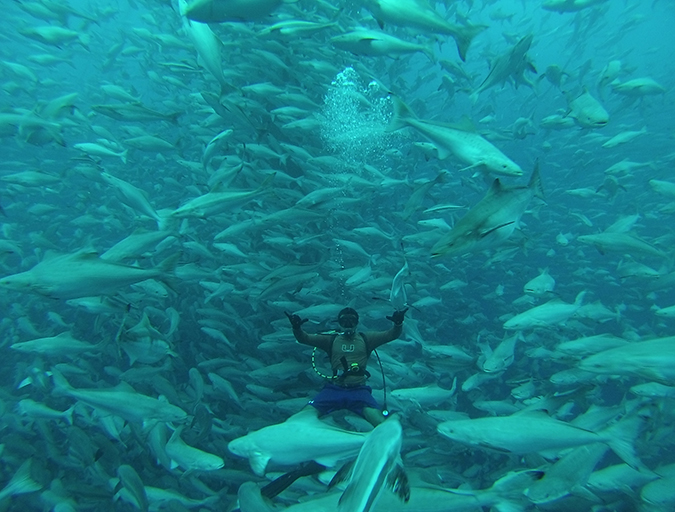
Innovation & Investment
Aquaculture Exchange: Daniel Benetti
University of Miami professor says the U.S. seafood marketplace needs to embrace 'plate-sized' fish if a domestic aquaculture industry is to become sustainable and profitable.
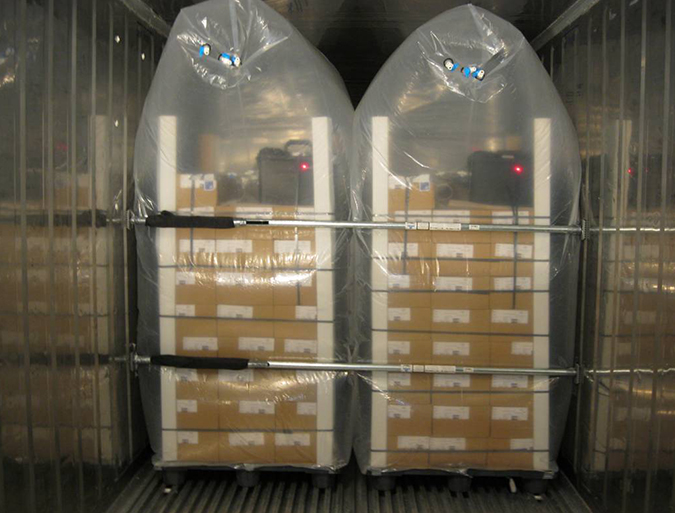
Responsibility
Slow fish: Preventing waste via packaging
BluWrap shipping technology can cut the seafood industry's abysmal food-waste statistics by dramatically extending the shelf life of fresh product. Company CEO Mark Barnekow's mission is to get fresh fish off airplanes and onto ocean-bound cargo ships.
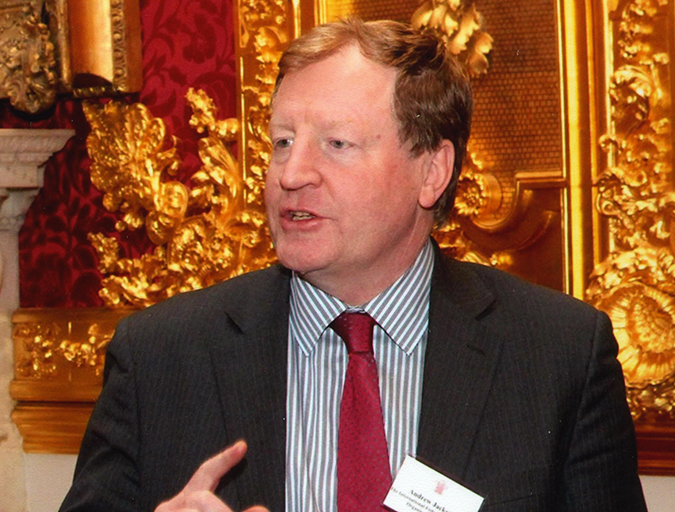
Aquafeeds
Aquaculture Exchange: Andrew Jackson, IFFO
Aquaculture remains dependent on fishmeal and fish oil, crucial marine ingredients in aquafeeds, particularly at key life stages. Andrew Jackson, technical director at IFFO and one of the world’s foremost fishmeal experts, tells the Advocate that the two industries can coexist well into the future if properly managed.


